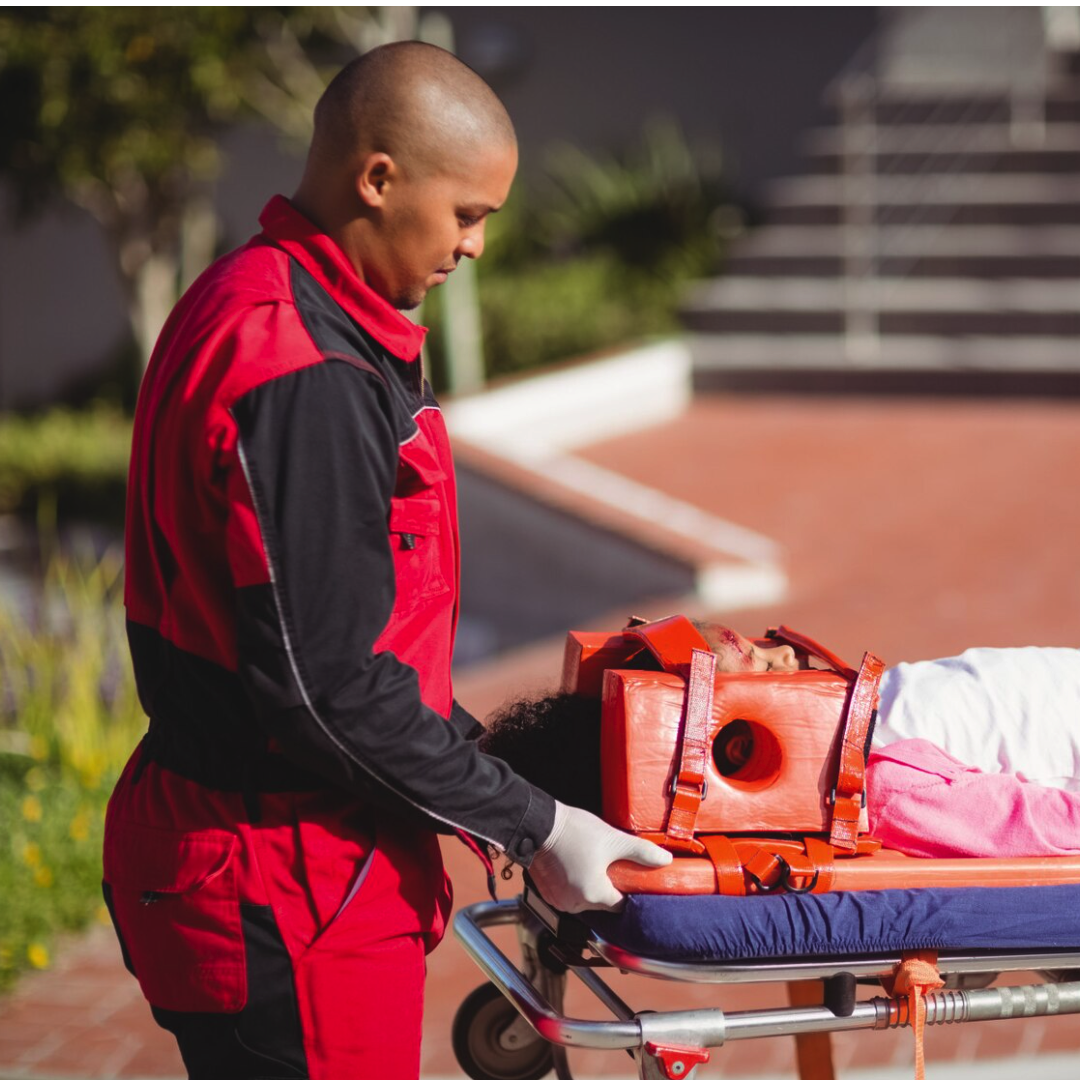 Smart Citations
Smart CitationsSee how this article has been cited at scite.ai
scite shows how a scientific paper has been cited by providing the context of the citation, a classification describing whether it supports, mentions, or contrasts the cited claim, and a label indicating in which section the citation was made.
Influence of bystander activation on pre-hospital emergency care response time: systematic review
This article presents a systematic review and analysis of grey literature to identify and address gaps in knowledge regarding the role and influence of bystander activation on pre-hospital emergency care (PEC) response time. We conducted a systematic search for full-text articles published since 2000 in Web of Science, PubMed, Science Direct, and Google Scholar databases. We followed the Preferred Reporting Items for Systematic Reviews and Meta-Analyses (PRISMA) guidelines, using “pre-hospital emergency care response time” and “bystanders” as search keywords. The risk of bias was assessed using the ROBINS-I tool. Our analysis included forty-six relevant studies meeting the inclusion criteria. However, we observed that many studies were poorly reported, posing risks of selection and detection biases. Additionally, we identified methodological and study design weaknesses in five studies. Given the critical role of PEC services in saving lives and preventing medical complications, the timely provision of these services is paramount. Bystanders play a central role in activating emergency medical services (EMS) and providing cardiopulmonary resuscitation. Prompt calls to EMS by bystanders resulted in reduced PEC response times, improved survival chances, and better neurological outcomes, particularly among out-of-hospital cardiac arrest patients. There is substantial evidence that prompt bystander activation of EMS significantly reduces PEC response times, thereby saving lives and strengthening existing PEC systems. However, further research is necessary to accurately assess the impact of different interventions aimed at enhancing bystander activation of EMS and reducing PEC response times.
How to Cite

This work is licensed under a Creative Commons Attribution-NonCommercial 4.0 International License.
PAGEPress has chosen to apply the Creative Commons Attribution NonCommercial 4.0 International License (CC BY-NC 4.0) to all manuscripts to be published.

 https://doi.org/10.4081/ecj.2023.11568
https://doi.org/10.4081/ecj.2023.11568





